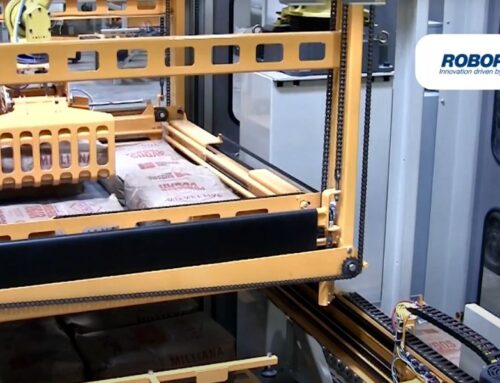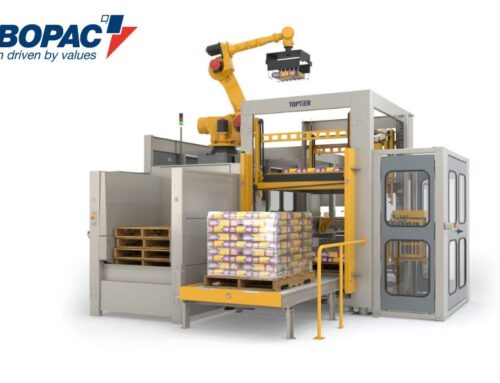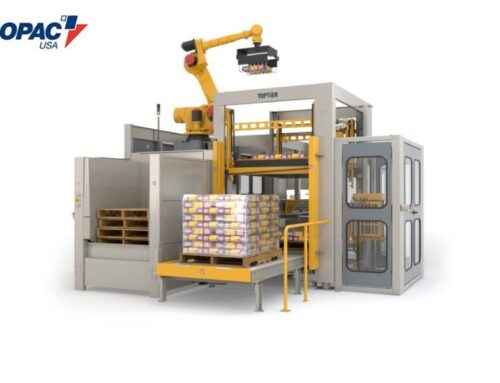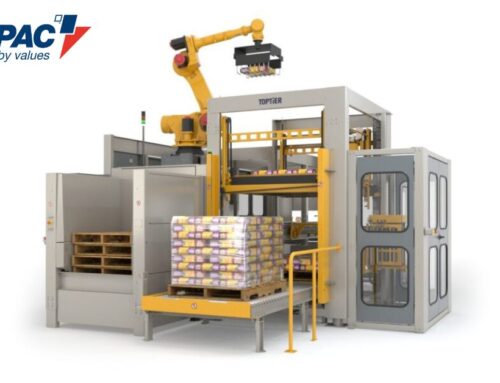Stacking products on pallets plays a crucial role in warehousing and logistics, ensuring the safe and efficient storing and transportation of goods. While it seems straightforward, there are many myths about the process that can cause inefficiencies, damage, and safety risks.
Addressing these mistaken beliefs is vital for streamlining operations and maintaining productivity in any warehouse setting. Below, we debunk some of the most common misconceptions about pallet stacking to help you improve your operations.
#1: All Pallets Are Stackable
Not all pallets can handle the load or positional weight of stacking, and improper alignment can cause instability. When stacking pallets with your products, you must factor in weight distribution and load capacity. Overloading a pallet or choosing an unsuitable type can compromise stability, leading to collapses that damage your goods or cause warehouse injuries.
A pallet’s material, structural design, and intended usage dictate its utility for stacking and how much it can handle. For high-stakes logistics and warehouses with significant inventory turnover, implementing automated palletizing systems is a smart solution. These systems optimize load weights and configurations for stability, eliminating the guesswork of manual stacking.
#2: Stacking Height Doesn’t Matter
Warehouses want to maximize vertical space, leading many to stack pallets as high as possible. However, excessive stacking height poses significant risks. High stacks can become unstable and topple over, endangering workers and damaging products.
Even when pallets seem secure, vibrations from forklifts or shifting during transport can destabilize stacks that are too tall. Adhering to safety guidelines is critical for preventing these risks. OSHA and similar regulatory organizations provide recommendations for stack height limits, ensuring stability and safety.
#3: Manual Stacking Is Always Efficient
Another common misconception about pallet stacking is that manual stacking is always the most cost-effective and efficient solution for pallet handling. However, manual stacking presents challenges. It is labor-intensive, time-consuming, and prone to human error. Workers may stack pallets unevenly or fail to secure loads, leading to inefficiencies over time and consistent risks of product damage.
Automatic palletizers with concurrent stretch wrapping offer a far more efficient alternative. Combining pallet building with wrapping in one streamlined process reduces the risk of instability during handling. Automated systems also optimize stacking configurations, saving time while ensuring balanced pallets.
#4: Pallet Stacking Doesn’t Affect Product Integrity
Many have the mistaken belief that the method of pallet stacking doesn’t influence the integrity of the goods in storage or transportation. However, placing heavy items on top of fragile ones or failing to stabilize loads can cause significant product damage. Stacking errors can crush or break items, compromising customer satisfaction and escalating costs.
Robopac USA’s concurrent stretch wrapping stabilizes loads every step of the way. As each layer is built during the palletizing process, it is stretch-wrapped. This allows you to palletize and stretch-wrap your pallets at the same time, reducing the chance of damage caused by shifting, impact, or poor alignment. With concurrent wrapping, you secure your products more tightly and consistently than manual efforts allow.
Elevate Your Pallet Stacking Practices With Robopac USA
Efficient pallet stacking is key to effective warehouse operations, and avoiding common myths—like assuming all pallets stack equally or ignoring height limits—can make a big difference in overall safety and efficiency. At Robopac USA, we provide advanced palletizing and stretch wrapping systems with features like concurrent wrapping, end-of-line automation, and top-tier safety standards to optimize your logistics. Contact us to learn how our cutting-edge solutions can transform your operations.







